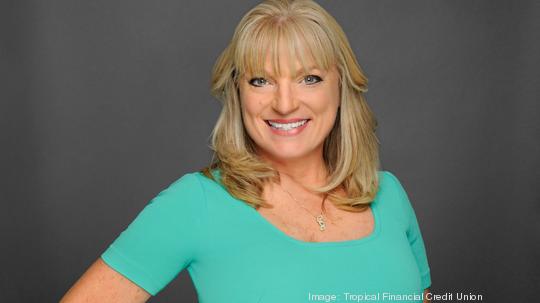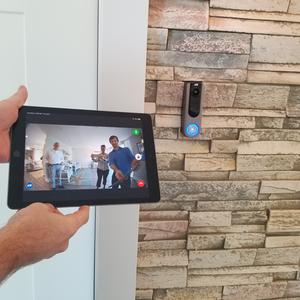
As mounting Covid-19 cases and widespread social distancing guidelines forced financial institutions to temporarily close their in-person branches, the banking industry faced an accelerated need to provide customers with broad digital options.
While the shift to online and mobile banking long predated the pandemic, 2020 brought an unprecedented need for consumers to become more digitally active. According to a series of recent studies by market research company J.D. Power, a record 67% of U.S. retail customers used their bank’s mobile app during the past year, and 41% of bank customers are now classified as digital-only.
Here in South Florida, financial institutions are implementing long-term changes to keep up with the shift while working to lessen barriers to digital banking. For example, Illinois-based First American Bank, which has six branches in Miami-Dade County, increased its limits on mobile deposits as the number of customers remotely processing checks spiked.
The bank's customers now have a daily mobile deposit limit of $5,000, and a monthly mobile deposit limit of $15,000, according to its website.
“Previously, we had been a little bit more cautious in terms of how much could be deposited on the mobile platform,” Eduardo Monteagudo, executive VP at First American, told the Business Journal. “When the pandemic hit, bigger checks began to show up through that channel. We increased the limit so that customers would have less friction while making deposits.”

Monteagudo, who leads the multichannel delivery of banking services at First American, said the bank is focused on building its digital channels so that customers have the same range of functionality online as they do in-person. Functions such as transferring funds, applying for loans and changing addresses no longer require a visit to a branch.
“Customers previously had a preference to do transactions through digital channels while maintaining the option of going to a branch, but the pandemic took that away,” Monteagudo said. “I think the motivation to use digital channels changed a little bit, so we’ve been focused on letting the customer do almost everything through a digital channel that they could do in-person.”
The pandemic also successfully convinced some customers to try digital platforms for the very first time. Amy McGraw, VP marketing/chief experience officer of Tropical Financial Credit Union, reports that the Miramar-based credit union saw a 91% increase in digital account openings from 2019 to 2020.
While opening a new checking or savings account is traditionally a service that customers prefer to do in person, the pandemic pushed people to turn to digital banking to maintain social distancing and avoid long lines at branch drive-thrus, McGraw says.
“We’ve always had a subset of the credit union that just refused to use digital channels, but they were kind of forced to during Covid,” McGraw said. “We could see in terms of the active users that some of those stubborn people actually did shift. The best part was they liked the digital channels, and they plan on sticking with them.”

As banking customers move to online and mobile options, financial institutions are quickly speeding up their adoption of new technologies such as cloud and artificial intelligence. At the same time, banks and credit unions are reconsidering whether to even maintain their costly in-person branches.
According to a study conducted earlier this year by The Economist Intelligence Unit, on behalf of banking software provider Temenos, nearly two-thirds of bankers say the branch-based banking model will be “dead” within five years. The report also noted a dramatic shift in priorities as bank executives emphasize customer experience and digital marketing.
With branches across the tri-county region, TFCU faced the decision of whether to scale back in-person services amid the growing popularity of its online and mobile banking platforms. After responses to a summer 2020 survey showed that a larger number of customers now preferred digital banking to in-person options, the credit union made the major cost-saving decision to permanently close two of its local branches.
McGraw says that despite the move to shutter some branches, credit unions are still inherently community-oriented, making them well-positioned to continue offering a personalized relationship banking model to customers. As part of a mobile-first strategy, TFCU has added various individualized digital services for customers, including a financial coaching platform focused on reducing the stress associated with money management.
“As more people do things digitally, the question is, ‘How do we retain that human-to-human connection over a digital device?’” McGraw said. “We track members’ behavior on their pages to try to understand what will be important to them, and then we deliver it in a personalized way. It’s all about what their wants and needs are, and it’s all judgement-free.”
Sign up here for the Business Journal’s free morning and afternoon daily newsletters to receive the latest business news impacting South Florida. For more business intelligence, follow us on LinkedIn, Facebook, Twitter and Instagram.








